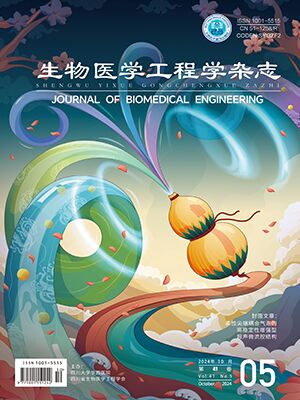In the present study, a finite element model of L4-5 lumbar motion segment was established based on the CT images and a combination with image processing software, and the analysis of lumbar biomechanical characteristics was conducted on the proposed model according to different cases of flexion, extension, lateral bending and axial rotation. Firstly, the CT images of lumbar segment L4 to L5 from a healthy volunteer were selected for a three dimensional model establishment which was consisted of cortical bone, cancellous bone, posterior structure, annulus, nucleus pulposus, cartilage endplate, ligament and facet joint. The biomechanical analysis was then conducted according to different cases of flexion, extension, lateral bending and axial rotation. The results showed that the established finite element model of L4-5 lumbar segment was realistic and effective. The axial displacement of the proposed model was 0.23, 0.47, 0.76 and 1.02 mm, respectively under the pressure of 500, 1 000, 1 500 and 2 000 N, which was similar to the previous studies in vitro experiments and finite element analysis of other people under the same condition. The stress distribution of the lumbar spine and intervertebral disc accorded with the biomechanical properties of the lumbar spine under various conditions. The established finite element model has been proved to be effective in simulating the biomechanical properties of lumbar spine, and therefore laid a good foundation for the research of the implants of biomechanical properties of lumbar spine.
Citation: YANWentao, ZHAOGaiping, FANGXinguo, GUOHaoxiang, MATong, TUYihui. Construction and Analysis of a Finite Element Model of Human L4-5 Lumbar Segment. Journal of Biomedical Engineering, 2014, 31(3): 612-618. doi: 10.7507/1001-5515.20140115 Copy




